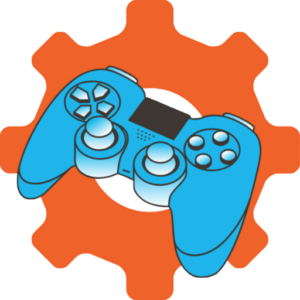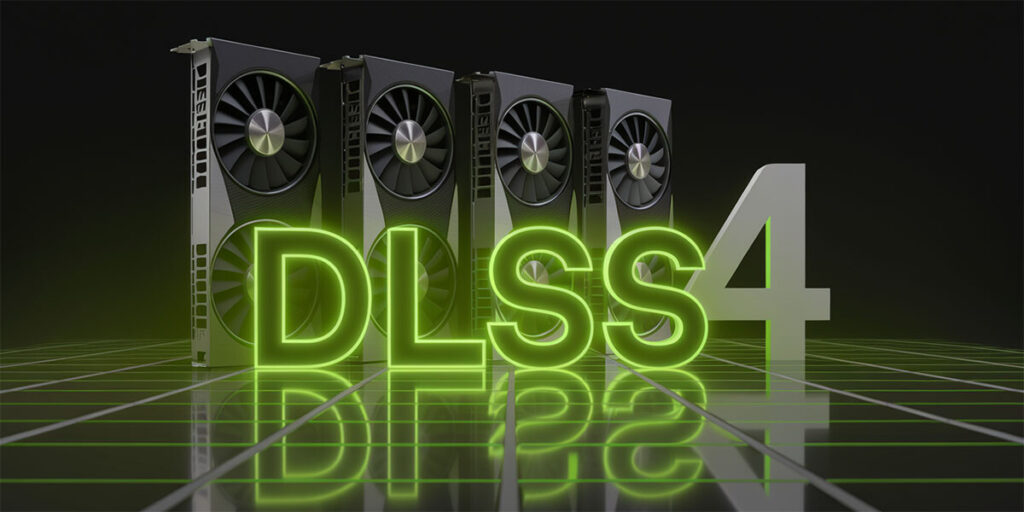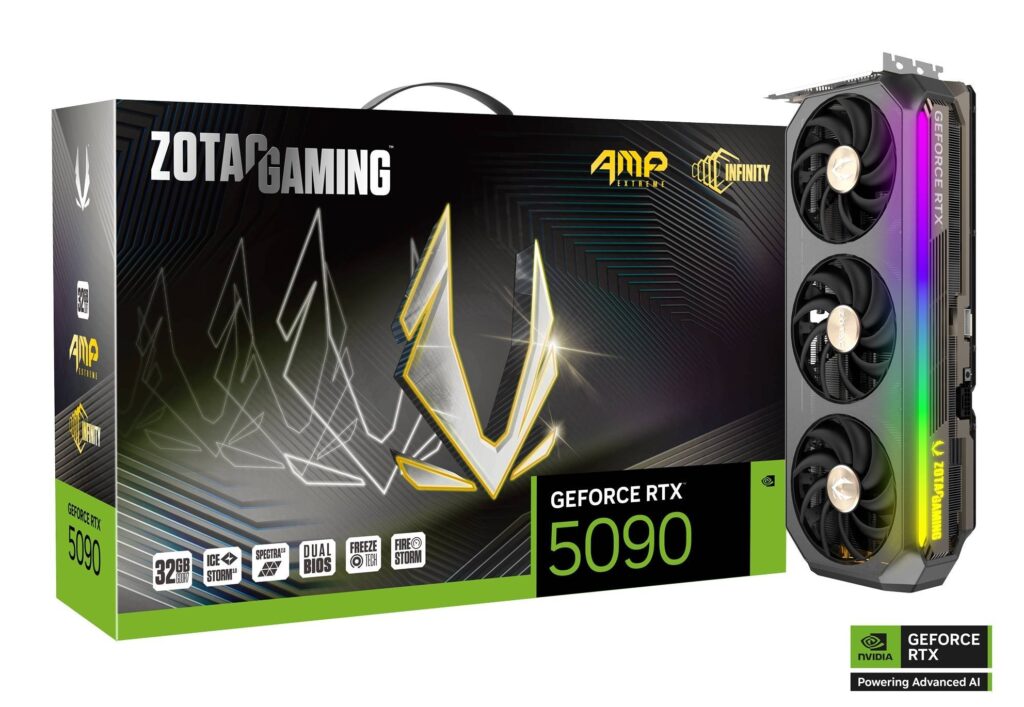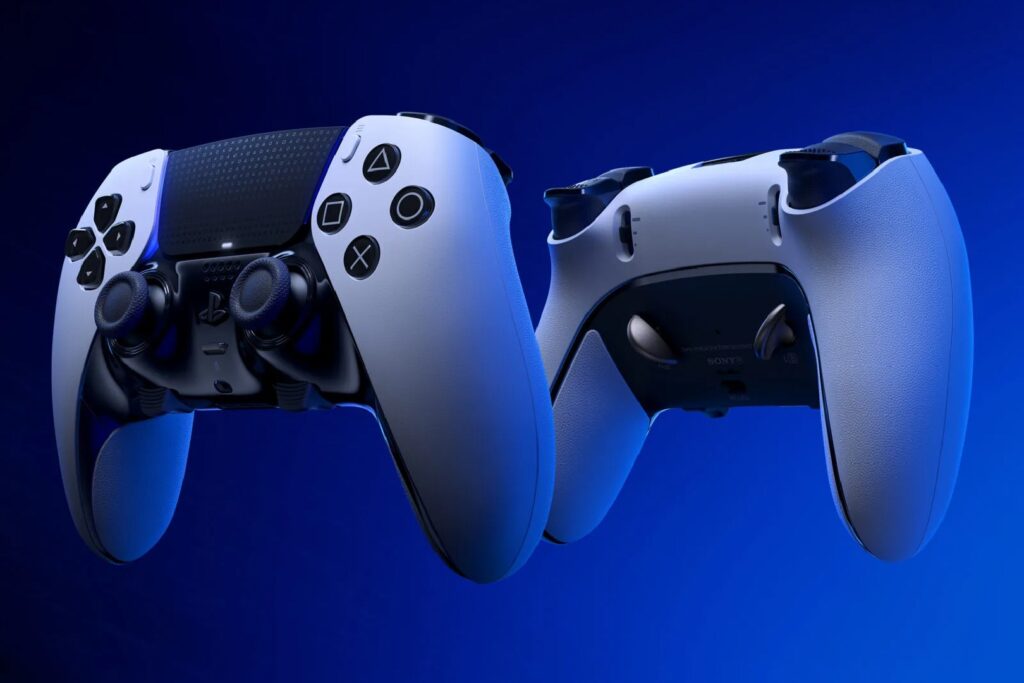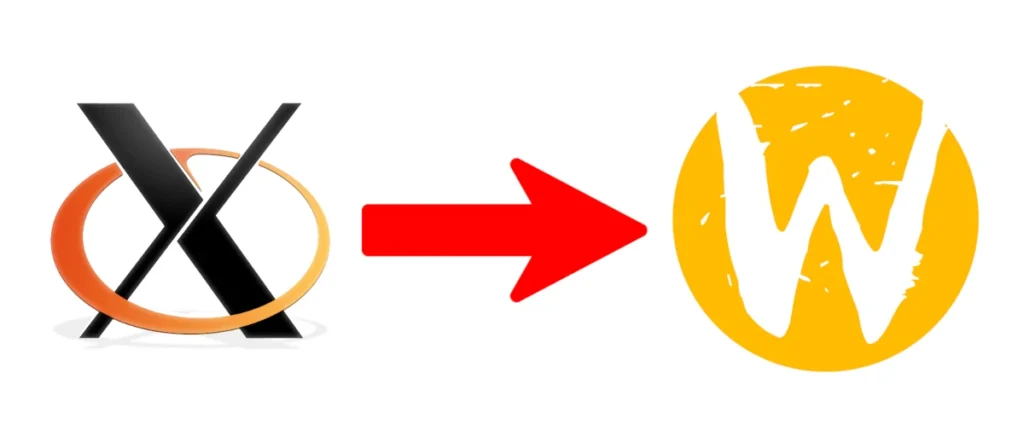
NVIDIA’s relationship with Linux has always been a love-hate story. But in 2025, the state of NVIDIA Linux drivers has taken a promising turn. If you’re a Linux user with an NVIDIA GPU, this year brings good news—and a few headaches. Let’s dive into what’s changed, what’s working, and what’s still driving us crazy.
NVIDIA Linux Driver Support: Wayland Takes the Spotlight
NVIDIA’s 565.xx driver series has stepped up its game with support for Wayland. If you’re unfamiliar, Wayland is the next-gen display server set to replace X11. Think of it as the new engine driving your desktop environment.
KDE users, in particular, are raving about the improvements. Previous issues with glitches and freezes have largely been addressed. Now, switching to a Wayland session no longer feels like a gamble. This progress couldn’t come at a better time, as more Linux distros make Wayland their default.
Performance That Packs a Punch
Linux gaming is no longer a pipe dream with NVIDIA Linux drivers. The latest updates have brought significant performance gains for newer GPUs, like the RTX 4060. Whether you’re gaming, editing videos, or just pushing your GPU to its limits, you’ll notice smoother performance.
Benchmarks highlight something even more exciting—on some titles running Vulkan, gaming performance on Linux rivals or surpasses Windows. It’s a huge win for Linux users who want to ditch dual-boot setups without sacrificing their gaming experience.
Issues Persist Despite Progress
While NVIDIA has made strides, a few bumps remain. External displays, for example, are still a pain point for many users. Disconnecting and reconnecting monitors, especially in KDE, sometimes causes memory leaks.
Moreover, NVIDIA’s proprietary approach continues to frustrate the Linux community. Unlike AMD and Intel, which embrace open-source collaborations, NVIDIA’s reluctance to loosen its grip rubs many the wrong way. It’s a sentiment echoed across forums and Reddit threads.
Simplified Installation: Linux Ubuntu Nvidia Driver Install
Installing the drivers on your own is still a bit lengthy, but over the years, it has become much easier and more beginner-friendly. Go to this Github page for a detailed step-by-step guide on linux Ubuntu Nvidia driver install.
This installation is for Ubuntu 24.04.1 but it should work on newer versions of Ubuntu also. To put it simply the recommended installation process goes something like this:
Step-by-Step Installation Guide
- Update Your System
Ensure your system is up to date before installing new drivers.sudo apt update
sudo apt upgrade - Remove Existing NVIDIA Drivers
If you have any previously installed NVIDIA drivers, remove them to avoid conflicts:sudo apt-get remove --purge '^nvidia-.*'
sudo apt autoremove - Add the Graphics Drivers PPA
This repository contains the latest NVIDIA drivers.sudo add-apt-repository ppa:graphics-drivers/ppa
sudo apt update - Install the Latest NVIDIA Driver
Replacenvidia-driver-560with the latest version available in the PPA (check the PPA for the latest version).sudo apt install nvidia-driver-560
- Install Required Libraries for Wayland
To ensure proper functionality with Wayland, install thelibnvidia-egl-wayland1package:sudo apt install libnvidia-egl-wayland1
- Reboot Your System
After installation, reboot your computer to apply changes:sudo reboot
- Verify Installation
After rebooting, check if the NVIDIA driver is correctly loaded in a Wayland session:- Log into your Ubuntu session and open a terminal.
- Run the following command:
nvidia-smi
This command should display your NVIDIA GPU details, confirming that the nvidia linux drivers is functioning correctly.
But I’ll still recommend going over detailed instructions on this Github page, which also include some troubleshooting guides and alternative process to this.
AMD vs NVIDIA: The Battle of Linux Drivers in 2025
No discussion about Linux drivers is complete without comparing NVIDIA to AMD. Let’s break it down:
Stability
AMD has long been the go-to for stability, thanks to its open-source amdgpu drivers. These are baked right into the Linux kernel, making AMD cards a breeze to set up. NVIDIA has improved, but proprietary software means occasional hiccups still occur, especially with external monitors.
Performance
When it comes to raw power, NVIDIA edges out AMD. For heavy tasks like ray tracing, NVIDIA cards in the RTX 40 series shine. However, AMD cards hold their ground with excellent rasterization performance, and they’re often a better value for the money.
Ease of Use
If you’re new to Linux, AMD offers a smoother experience. Most games and applications work right out of the box. NVIDIA users, on the other hand, often need to tweak settings for optimal performance.
Advanced Features
For professionals using CUDA or machine learning tools, NVIDIA is the only choice. Its proprietary ecosystem is unparalleled, even if it comes with its challenges.
Future Plans for NVIDIA Linux Drivers
The future of NVIDIA Linux drivers looks promising. Here’s what to expect in the coming years:
- Hardware Support: Timely updates for new GPU architectures will remain crucial. NVIDIA needs to ensure its drivers work seamlessly with upcoming graphics cards.
- Desktop Environment Integration: Resolving existing issues with KDE and other environments will likely remain a focus.
- Open-Source Collaboration: While unlikely to abandon proprietary nvidia linux drivers, increased transparency could help NVIDIA win over sceptics in the Linux community.
My Take: The Balancing Act of NVIDIA on Linux
NVIDIA is making progress, no doubt. But its approach still feels like a balancing act—pleasing its proprietary business model while acknowledging Linux’s open-source ethos.
I’d argue that NVIDIA could take a page from AMD’s playbook. Partnering more closely with open-source developers wouldn’t just help resolve lingering issues; it could improve its reputation within the community.
That said, for users who prioritise performance above all else, NVIDIA is still king. If you’re a gamer or a professional, the trade-offs may well be worth it.
My Final Thought on This Matter
The state of NVIDIA Linux drivers in 2025 is a mix of progress and ongoing challenges. The company has delivered better compatibility, particularly with Wayland, and boosted performance for newer GPUs. But lingering issues and a proprietary approach leave room for improvement.
Whether you’re installing the Linux Ubuntu NVIDIA driver for gaming, productivity, or both, there’s no doubt things are better than they were. And if NVIDIA continues on this path, the future looks bright for its Linux users.
There are more good news for linux gaming. Check out Valve’s Gaming Revolution to see what is Valve cooking next.
